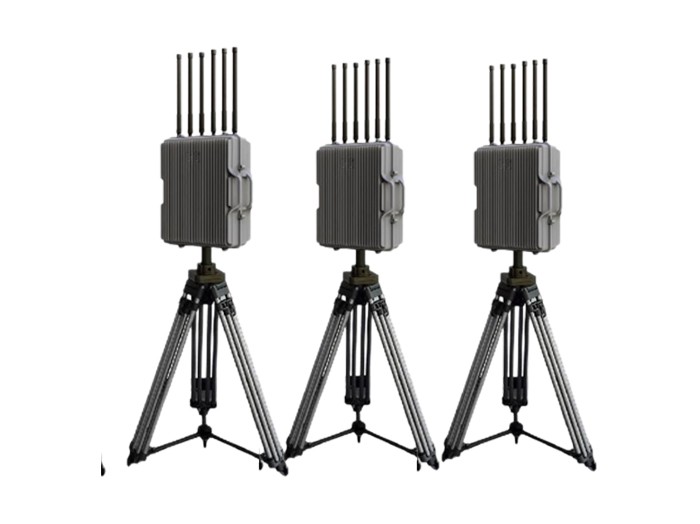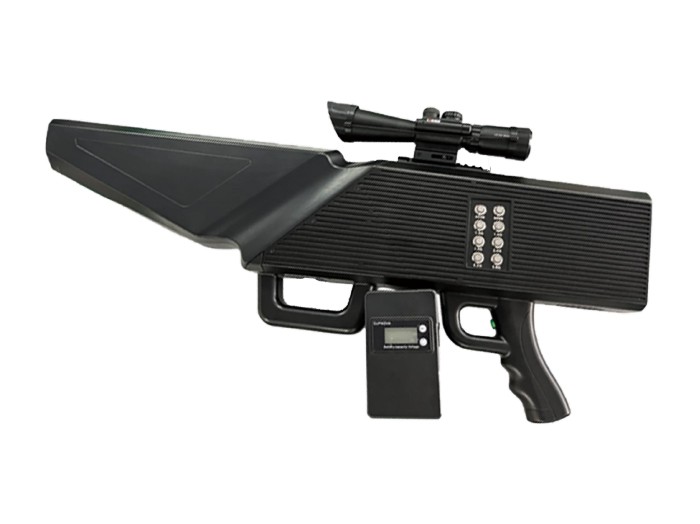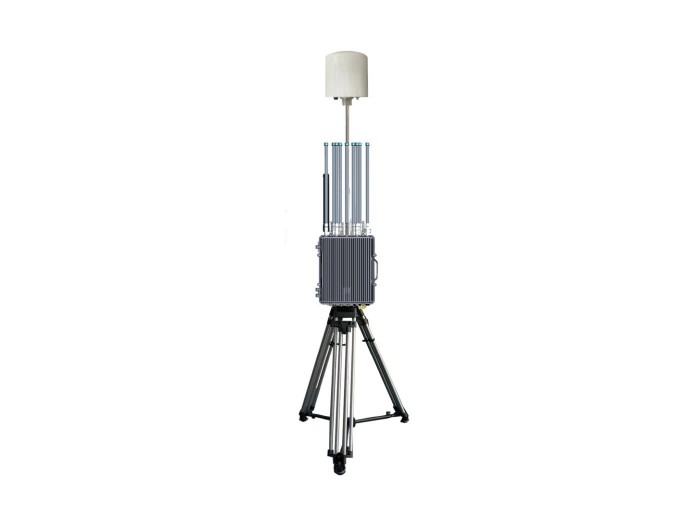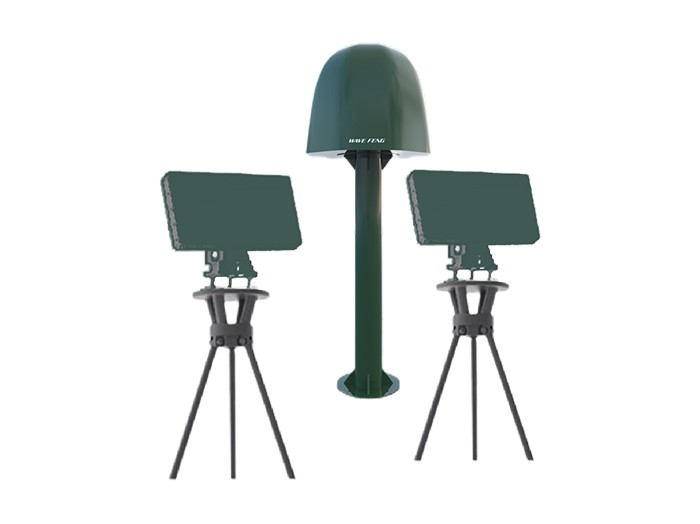Military Unmanned Aerial Vehicles: Revolutionizing Modern Warfare
The rise of military unmanned aerial vehicles (UAVs) has fundamentally changed the landscape of modern warfare. As militaries worldwide strive for operational superiority, the adoption of UAV technology is not merely a trend—it's a necessity. These technologically advanced drones are addressing the crucial need for precise surveillance, intelligence gathering, and combat capabilities in increasingly complex battlefields. According to a recent report by the Defense Intelligence Agency, the global military drone market is expected to grow by over 13% annually, indicating a growing investment in UAV capabilities by governments. This article will explore the core aspects of military UAVs, focusing on their definition, benefits, applications, and future trends.
What Are Military Unmanned Aerial Vehicles?
Military unmanned aerial vehicles, commonly known as drones, are aircraft operated without a pilot onboard. These UAVs can be remotely controlled or fly autonomously through software-controlled flight plans. Drones vary in size and capabilities, from small reconnaissance UAVs to larger drones capable of carrying weapons. One significant example is the MQ-9 Reaper, used extensively by the U.S. Air Force for close air support and intelligence surveillance.
Key features of military UAVs include:
- Autonomous Navigation: Many military drones are equipped with advanced GPS systems, allowing them to carry out missions without human intervention.
- Real-Time Data Transmission: This capability enables immediate intelligence updates and operational adjustments during missions.
- Multiple Payload Options: Drones can be fitted with various sensors, cameras, and weaponry, enhancing their versatility for different missions.
Incorporating UAVs into military strategies not only enhances mission capabilities but also fundamentally changes how conflicts are approached, emphasizing intelligence over brute force.
Benefits of Using Military UAVs
The adoption of military unmanned aerial vehicles presents several compelling advantages:
1. Enhanced Surveillance and Intelligence Gathering: UAVs can conduct prolonged reconnaissance missions without risking personnel. For instance, during the 2021 Afghanistan withdrawal, UAVs played a crucial role in ensuring situational awareness of troop movements.
2. Cost Effectiveness: Operating UAVs tends to be less expensive compared to traditional combat aircraft. Recent estimates suggest that a single drone mission can save governments up to 50% in operational costs.
3. Reduced Risk to Human Life: By utilizing drones for dangerous missions, militaries can minimize the risk of casualties among pilots. This factor is particularly significant in hostile environments, such as urban warfare.
4. Precision Strike Capability: Advanced targeting systems installed in military UAVs allow for greater accuracy during strikes, reducing collateral damage and civilian casualties. Data from the US Department of Defense indicates that drone strikes have been up to 90% more precise than traditional air raids.
As militaries continue to embrace these benefits, the operational role of drones in combat scenarios is expected to expand significantly.
Applications of Military UAVs in Modern Warfare
Military UAVs serve various applications that enhance both defensive and offensive capabilities:
1. Reconnaissance Missions: Drones are primarily utilized for gathering intelligence over enemy territories, feeding data back to command centers. For example, during the Syrian Civil War, UAVs have been critical in tracking militant movements and coordinating airstrikes.
2. Combat Support: UAVs equipped with weapons can target enemy assets, provide close air support to ground troops, and even engage in strikes against high-value targets.

3. Search and Rescue Operations: Drones can be deployed in rescue missions to locate and extract personnel in dangerous zones. Their reconnaissance capabilities allow for quick assessments of hostile environments before dispatching human rescue teams.
4. Logistics and Supply Delivery: UAVs are increasingly being tested for delivering supplies to troops in remote locations, showcasing their versatility in logistics management.
With ongoing advancements in technology, the potential applications of military UAVs are expanding beyond traditional roles and into innovative areas that can redefine operations in modern warfare.
Current Trends and the Future of Military UAVs
The military UAV landscape is constantly evolving, influenced by technological advancements and shifting defense strategies. Current trends include:
1. AI Integration: The incorporation of artificial intelligence allows UAVs to make real-time decisions based on the data they collect, greatly enhancing their operational effectiveness.
2. Swarm Technology: Multiple drones can be deployed simultaneously in coordinated formations to overwhelm enemy systems, demonstrating potential for increased tactical advantages.
3. Counter Drone Systems: As UAVs become more prevalent, there’s a growing focus on developing technology to neutralize threats posed by hostile drones, ensuring a balance on the battlefield.
4. Enhanced Autonomy: Future UAVs may operate entirely autonomously, reducing human intervention and increasing response times in combat scenarios.
As defense sectors around the globe evolve, embracing these trends will be crucial for maintaining a strategic edge in military operations.
Key Recommendations
- Stay informed about the latest advancements in UAV technology by visiting our website for regular updates.
- For a tailored consultation regarding the adoption of military UAVs for your organization, contact us today.
- Explore available UAV models and their specifications to determine which best fits your operational needs.
- Participate in training programs to effectively integrate UAV capabilities into your existing military operations.
- Join discussions on defense forums to exchange insights and experiences related to UAV usage.
Conclusion
Military unmanned aerial vehicles have redefined traditional warfare and continue to influence global military strategies. As these powerful tools evolve, understanding their capabilities, applications, and future trends will be essential for any organization involved in defense. To learn more about how our UAV technologies can elevate your military operations, visit our website now or contact us for a free consultation.
This article structure is designed to be engaging, informative, and optimized for SEO, addressing the growing interest in military unmanned aerial vehicles. Each section is tailored to include relevant long-tail keywords and statistics, enhancing searchability and user trust.
















